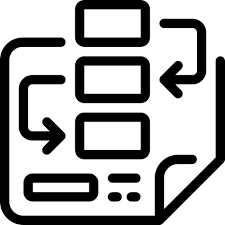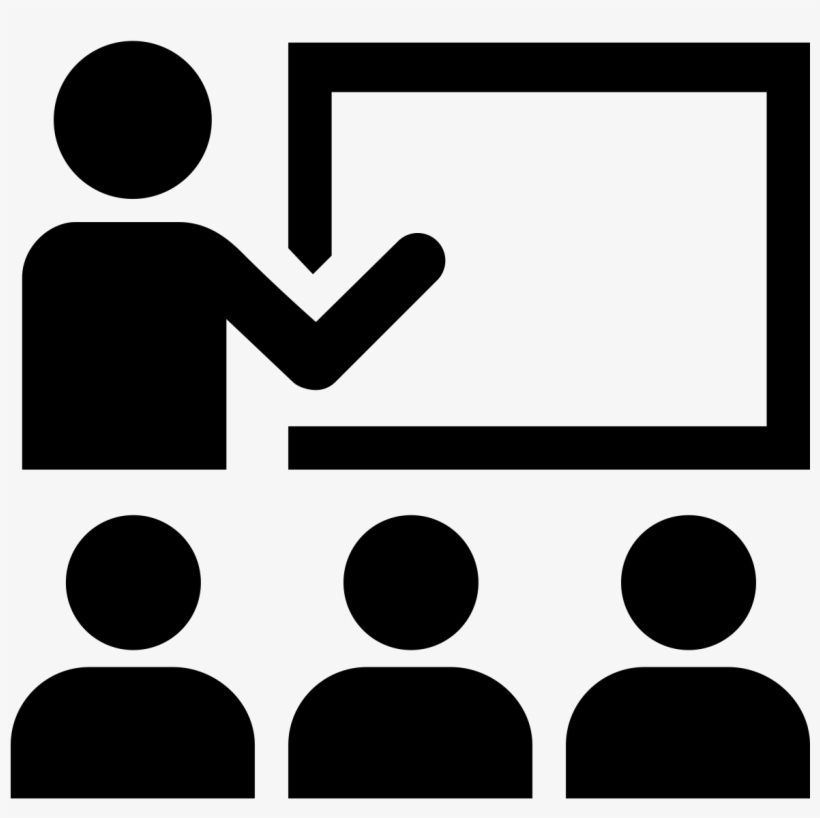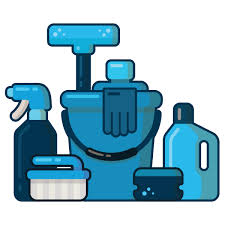OVERVIEW |
|---|
Key prevention practices include:
- Ensuring adequate ventilation in all spaces
- Physical distancing to the maximum extent possible
- Use of face coverings by workers (where respiratory protection is not required) and customers/clients
- Frequent handwashing and regular cleaning and disinfection
- Training workers on these and other elements of the COVID-19 prevention plan.
- The CDPH Guidance on the Use of Face Coverings, which broadly requires the use of face coverings for both members of the public and workers in all public and workplace settings outside the home.
- Proper use of face coverings, including:
- Face coverings provide some protection to the wearer but are not designed to meet standards for filtering virus-containing particles.
- Face coverings do not replace the need for physical distancing and frequent handwashing.
- Face coverings must cover the nose and mouth.
- Workers should wash or sanitize hands before and after using or adjusting face coverings.
- Avoid touching the eyes, nose, and mouth.
- Face coverings must not be shared and should be washed or discarded after each shift.
For the most updated information on county tier status, visit Blueprint for a Safer Economy. Please note that local health departments can have more restrictive criteria and different closures. Find your county’s local information.
The CDPH Guidance on the Use of Face Coverings, which broadly requires the use of face coverings for both members of the public and workers in all public and workplace settings outside the home. Complete details, including all requirements and exemptions to these rules, can be found in the guidance.
Information for this article has been extracted from the CDPH COVID-19 Industry Guidance: Restaurants.
Workplace Planning & Prevention

- Incorporate the CDPH Face Covering Guidance into the Workplace Specific Plan and include a policy for handling exemptions.
- Train and communicate with workers and worker representatives on the plan and make the plan available to workers and their representatives.
- Regularly evaluate the establishment for compliance with the plan and document and correct deficiencies identified.
- Investigate any COVID-19 illness and determine if any work-related factors could have contributed to risk of infection. Update the plan as needed to prevent further cases. See CDPH guidelines for guidance
- Notify all employees in writing, and employers of subcontracted employees, who may have been exposed to COVID-19 and report workplace outbreaks to the local health department. See the Enhanced Enforcement and Employer Reporting Requirements for guidance from Cal/OSHA.
Worker Training Topics

The importance of not coming to work:
- If a worker has symptoms of COVID-19 as described by the CDC, such as a fever or chills, cough, shortness of breath or difficulty breathing, fatigue, muscle or body aches, headache, new loss of taste or smell, sore throat, congestion or runny nose, nausea, vomiting, or diarrhea, OR
- If a worker was diagnosed with COVID-19 and has not yet been released from isolation, OR
- If, within the past 14 days, a worker has had contact with someone who has been diagnosed with COVID-19 and is considered potentially infectious (i.e. still on isolation).
- The importance of social distancing, frequent hand washing with soap and water, using hand sanitizer with at least 60% ethanol or 70% isopropanol, and proper use of face coverings
- Proper use of face coverings, including:
- Face coverings provide some protection to the wearer but are not designed to meet standards for filtering virus-containing particles.
- Face coverings do not replace the need for physical distancing and frequent hand washing.
- Face coverings must cover the nose and mouth.
- Workers should wash or sanitize hands before and after using or adjusting face coverings.
- Avoid touching the eyes, nose, and mouth.
- Face coverings must not be shared and should be washed or discarded after each shift.
- Information contained in the CDPH Face Covering Guidance, can provide further insight on exemptions and other details.
PPE & Screening Employees

- Provide temperature/and or symptom screenings for all workers, any vendors, contractors, or other workers entering the establishment.
- Encourage workers who are sick or exhibiting symptoms of COVID-19 to stay home.
- Employers must provide and ensure workers use all required protective
equipment, including face coverings and gloves where necessary. - Servers, bussers, and other workers moving items used by customers or handling trash bags should use disposable gloves.
- Dishwashers should use equipment to protect their face from contaminant splashes.
- When using reusable protective equipment, such as shields and glasses, should be properly disinfected between uses.
- Display a set of clearly visible rules for customers and restaurant personnel at the restaurant entrance(s) that are to be a condition of entry.
-
The rules could include instructions to:
Use hand sanitizer
Maintain physical distance from other customers
Avoid unnecessary touching of restaurant surfaces
Contact information for the local health department
Changes to restaurant services.
Ventilation, Cleaning, and Disinfecting

- Restaurants should increase fresh air circulation by opening windows or doors, if possible, and in accordance with security and safety protocols.
- Frequently and thoroughly clean high traffic areas/all areas that can be touched by a guest/patron.
- Clean touchable surfaces between shifts or between users for guests, front of house and back of house.
- Provide time for workers to implement cleaning practices during their shift. Assign cleaning assignments during working hours as part of the employee’s job duties.
- Equip spaces with proper sanitation products, including hand sanitizer and sanitizing wipes to all staff directly assisting customers, and proper sanitizer stations for guests at entryways.
- Discontinue pre-setting tables with menus, napkins, cutlery, glassware, etc.
- Suspend use of shared food items such as condiment bottles, salt and
pepper shakers, etc. and provide these condiments in single serve containers and wrapped utensils.
Thoroughly clean each customer dining location after every use.
Minimize and limit the options for self service stations, by having servers provide items to guest individually.
Physical Distancing
- Indoor and outdoor dining service tables must be at least six feet apart.
- Limit the number of patrons at a single table to a household unit.
- Any area where guests or workers queue should also be clearly marked for
appropriate physical distancing.
Stagger worker breaks, in compliance with wage and hour regulations, to maintain physical distancing protocols.
Reconfigure office spaces, lobbies, beverage bars, kitchens and workstations, host stand areas, and other spaces wherever possible to allow for at least six feet of distance between people dining, working, and passing through areas for entry and exit.
Guests should enter through doors that are propped open or automated, if possible. Hand sanitizer should be available for guests who must touch door handles.
Avoid touching others’ pens and clipboards. If possible, install transferaiding materials, such as shelving and bulletin boards, to reduce personto-person hand-offs.
